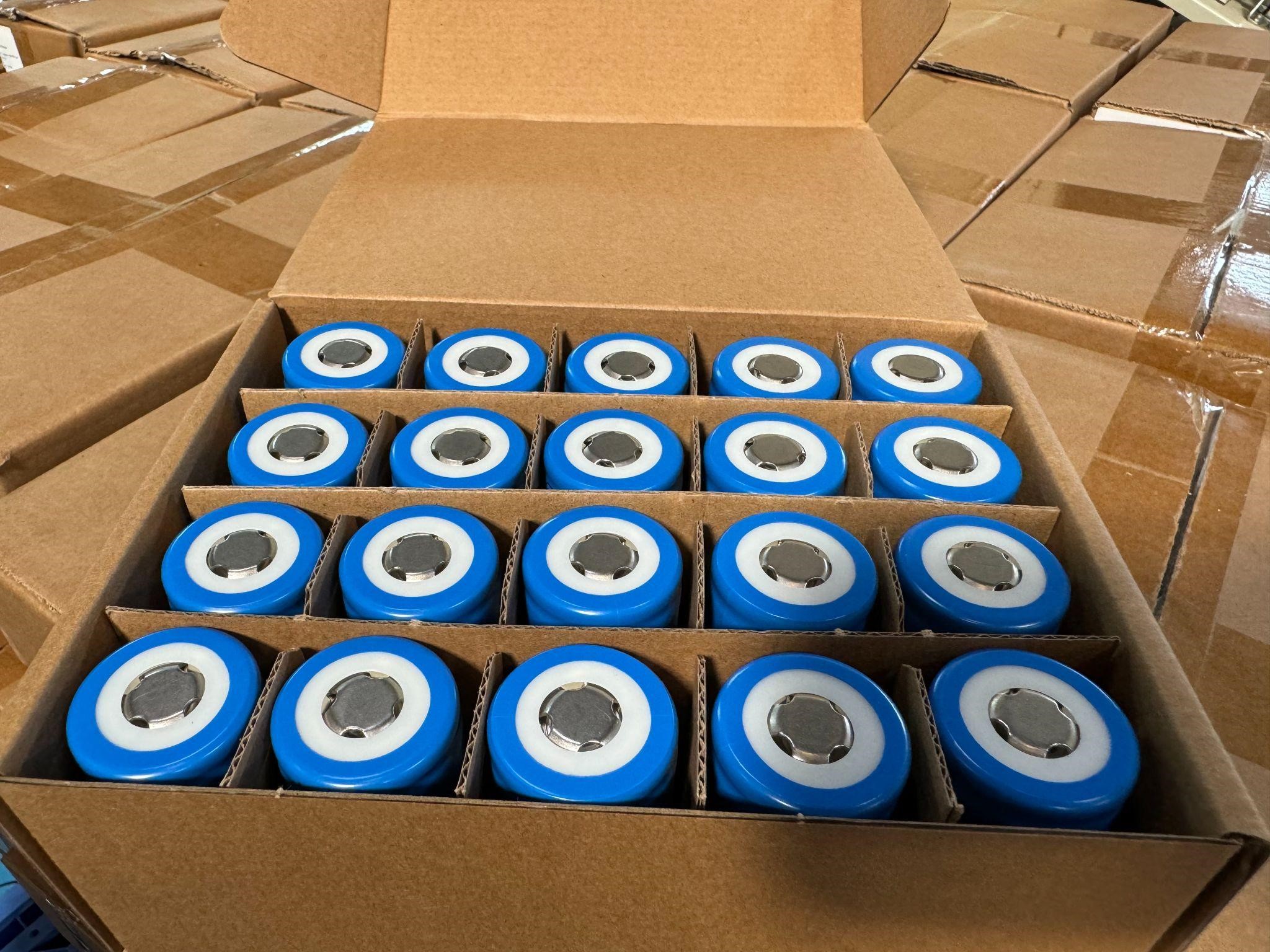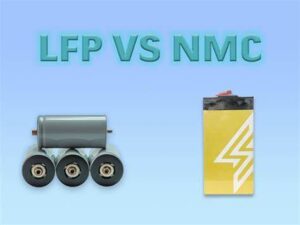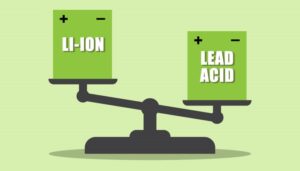With the rapidly changing terrain of battery manufacture, the right cells will be the key to success. Cell selection optimization, which should meet the various needs of different applications, becomes the main critical issue for manufacturers with the increasing demand for energy storage solutions.
Battery cell selection and manufacturing costs, amounting to between 20 and 25 percent of the overall battery cost, are one of the most critical levers in cost reduction initiatives. The job is to optimize performance, cost-efficiency, and sustainability. This article discusses the main approaches that battery manufacturers use to negotiate this complicated decision-making process, which enables them to create effective premium battery systems.
Importance of Cell Selection

In the context of Redon lithium batteries, cell selection is of paramount importance in the field of battery manufacturing. The type of cell has a direct influence on the general performance, lifetime, and safety of the battery systems. Redon lithium batteries, renowned for reliability and efficiency, are built on a carefully chosen principle to maintain their name.
Redon lithium batteries have experienced an outstanding increase in energy density, with even more than 3 times growth, from 80 to 250 Wh/kg, while at the same time going through a great price reduction to about 45 times down, from $4500 to $100–250 per kWh. Through closely assessing parameters like energy density, cycle life, and thermal stability, the makers guarantee that Redon batteries provide their best in different applications, from electric vehicles to renewable energy storage.
Cell Selection Strategies
Cell selection strategies are very important in battery manufacturing in order to ensure that the behavior of the battery is optimal and that cost efficiency and sustainability are achieved. This paper examines three main strategies for successful cell selection processes, which include performance optimization, cost-efficiency measures, and sustainability considerations.
Performance Optimization
Optimization of performance means choosing cells with optimum energy density, power output, and cycle life. Manufacturers are very particular with cell specification assessment that shall be suitable for the proposed application, such as electric vehicles, grid storage, or consumer electronics. Performance optimization, as the primary concern, will help battery manufacturers offer solutions that meet the tight performance requirements of contemporary energy storage systems.
Cost-Efficiency Measures
Cost as a factor is paramount in cell selection, determining the general competitiveness of battery systems. Manufacturers use different tactics, such as bulk purchasing, material substitution, and process optimization, to cut production costs without sacrificing quality. Implementing cost-saving measures in cell selection allows manufacturers to provide competitive pricing while remaining profitable and market-competitive.
Sustainability Considerations
Cell selection in the modern world is particularly sensitive to the question of sustainability in an environment-friendly world. Manufacturers give preference to cells that have low environmental effects during their whole life, from raw material sourcing to end-of-life disposal or recycling. Selecting sustainable cell options enables manufacturers to cut their environmental footprints, target an environment-conscious consumer base, and align themselves with regulatory standards for responsible manufacturing practices.
Conclusion
Cell selection is critical in battery manufacturing, which operates in a dynamic landscape. Using performance-, cost-effectiveness-, and sustainability-focused strategies, manufacturers can address the complexities of cell selection with certainty. The increase in demand for energy storage solutions will make these key strategies critical to driving innovation and preserving the competitive edge in the market. Are you prepared to improve your battery production process? Get in touch with us today to get the best help.





